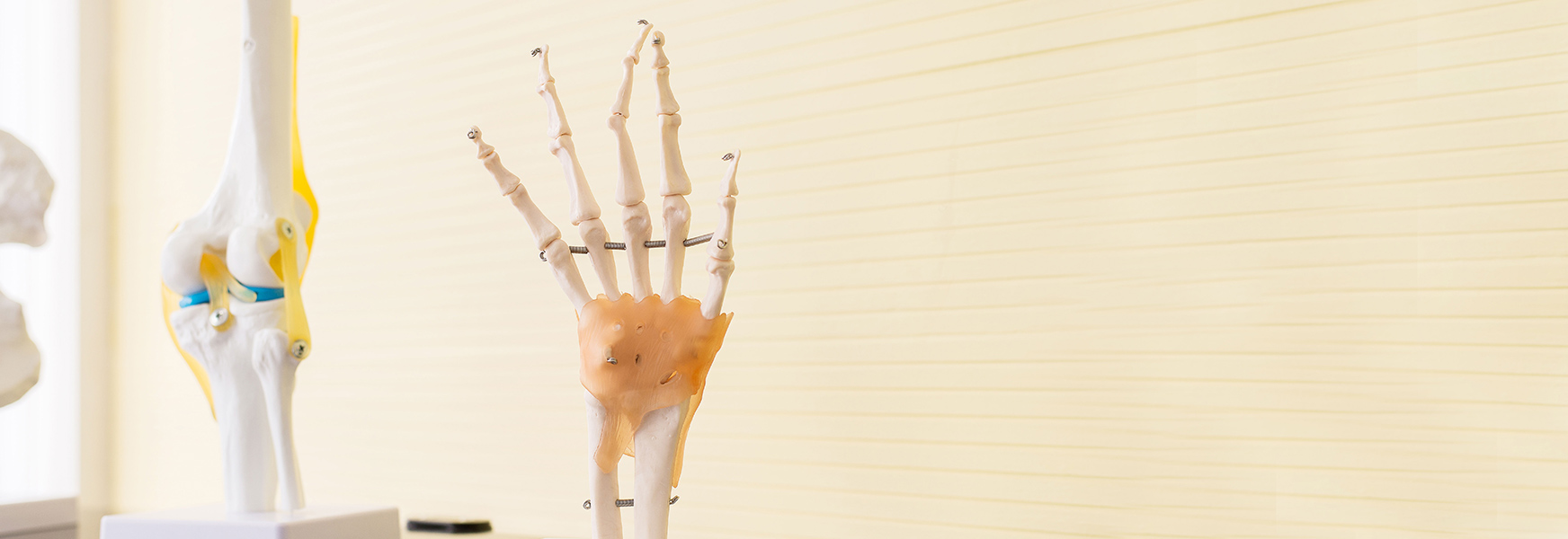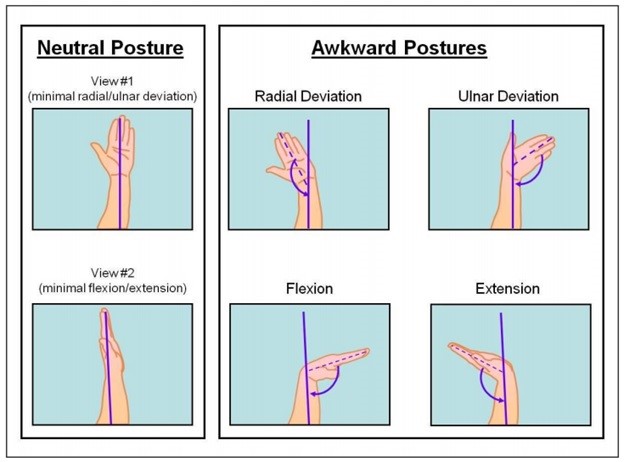Our Hands are Incredible Tools

Our hands are two incredible tools attached to our body. Each hand consists of 29 bones connected by 34 muscles and other connective tissue. We have a dominant hand that performs most of our daily tasks with support from the non-dominant hand. All the structures in the hand work in balance to make a fist or power grip. When you close your fingers into a fist, the wrist extensors pull your knuckles backwards while the flexors pull the fingers forward (towards the palm) to generate the greatest force.
In work there are several things that impact hand performance:
- Hand position
- Gloves worn as PPE
- Temperature
Hand position, or wrist posture, will directly impact hand performance. The closer your hand is to neutral, the stronger your grip. The more awkward your hand position the less force can be generated. Inefficient tool design or work space that creates awkward reaches and poor hand posture reduce dexterity and increase the risk of injury. When designing a work space consider location of the work, adjustability of the work space for workers of different statures, neutral wrist and hand posture of the worker, and tool design. According to Canadian Centre for Occupational Health and Safety, weight, handle shape, and function are important factors to consider when choosing a hand tool.

Image source: https://www.cdc.gov/niosh/mining/UserFiles/works/pdfs/2011-191.pdf
Gloves are sometimes required as personal protective equipment (PPE). However, gloves will change an employee’s ability to perform. In the world of athletics, like soccer and football, the glove has improved the performance of those catching a ball. Since the addition of sticky gloves the one-handed catch has become almost ubiquitous. But throwing a ball becomes more difficult when wearing a glove. We don’t see basketball players wearing gloves. They need the dexterity and feel in order to shoot, pass, and dribble the ball precisely. The same is true for the quarterback. They may wear a glove on their non-dominant hand for ball support, but rarely wear one on their throwing hand.
The same is true in the typical workplace. Poorly fitting gloves can reduce grip strength and dexterity in many work tasks. The decision to protect the hand often outweighs the use of a bare hand. According to Industrial Safety and Hygiene News, wearing gloves reduces the relative risk of hand injury by 60%. When fitting gloves remember that one size does not fit all, and one type of glove does not work in all situations. Always consider the task at hand (yes, pun intended), choose the best glove for the job, and provide a range of sizes to fit your workforce.
Finally, temperature can drastically change hand performance. According to a literature review by Peter Budnick, PhD., CPE, “ambient temperatures of 11 degrees C (52 degrees F) resulted in a 52-55% reduction in dexterity performance.”
This is significant for outside seasonal workers as well as workers in year-round cold environments like meat packing and fishing. Gloves may be the solution but attention to detail and choosing the right gloves and tools will make a difference in reducing their risk and exposure to injury.
Always consider the ergonomics related to your job tasks and if improvements could reduce hand stresses or injuries. At MEMIC we partner with industry and assist identifying ergonomic risks and exposure. More ergonomic tools are available to our policyholders within our Safety Director Resource Library.
By Allan Brown

